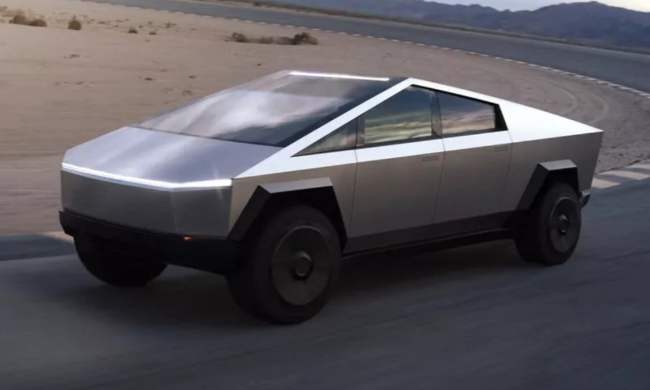This has been a fairly momentous week for Nikola Motors. On May 1 Nikola filed a patent infringement lawsuit against Tesla Motors. And two days later on May 3, Anheuser-Busch announced an order for 800 Nikola hydrogen fuel cell trucks.
In a lawsuit filed against Tesla in U.S. District Court in Arizona, Nikola asks for $2 billion in damages, claiming Tesla infringed on three Nikola patents. The patents cover design elements of the Nikola One fuel-cell-powered truck. According to the suit, published images of the Tesla Semi have similar designs as those Nikola protected with patents.
Nikola claims the Tesla Semi’s fuselage design, windshield wrap style, and mid-entry door violate Nikola’s patents for the same design elements.
Nikola introduced its idea for a semi truck in May 2016. One month later the company claimed to have received more than 7,000 orders, worth about $2.3 billion, even though it had not yet shown a design concept.
Nikola alleges, however, to have lost sales to the tune of $2 billion in future truck orders due to Tesla’s alleged patent infringements.
“Tesla’s design has caused confusion among customers. The confusion has diverted sales from Nikola to Tesla. Further, any problems with the Tesla Semi will be attributed to the Nikola One, causing harm to the Nikola brand,” Electrek quoted from the lawsuit.
“It’s patently obvious there is no merit to this lawsuit,” Tesla conveyed to The Verge via a spokesperson.
Nikola’s response to the Tesla statement? “The lawsuit speaks for itself.”
Anheuser-Busch orders trucks from both Nikola and Tesla
This week’s second Nikola news item seems to indicate that semis from the two companies can coexist and even thrive as a result of their different fuel sources.
The Nikola One, originally proposed as a battery-electric truck, was soon redefined as a hydrogen fuel cell-powered vehicle, which burns hydrogen to run an electric motor. Tesla’s Semi relies on battery-electric power.
In late 2017 Anheuser-Busch announced it ordered 40 Tesla Semis. At the same time, the beer producer reaffirmed its corporate goal of significantly reducing the company’s carbon footprint.
On Thursday, May 3, Anheuser-Busch said it would replace its entire fleet of semi-trailer trucks with zero emissions models. The company also announced it had ordered up to 800 Nikola One semis, with the first deliveries scheduled for 2020.
As part of the Anheuser-Busch fleet conversion to hydrogen fuel cell trucks for long-haul distribution, the customer will be able to specify where Nikola will locate, build, and support 28 hydrogen fueling stations, Trucks reported. Nikola previously announced its plan to build 700 fueling stations in North America and that the first major customers would have input in the locations.
The 40 Tesla Semis ordered previously will handle the company’s shorter routes.



